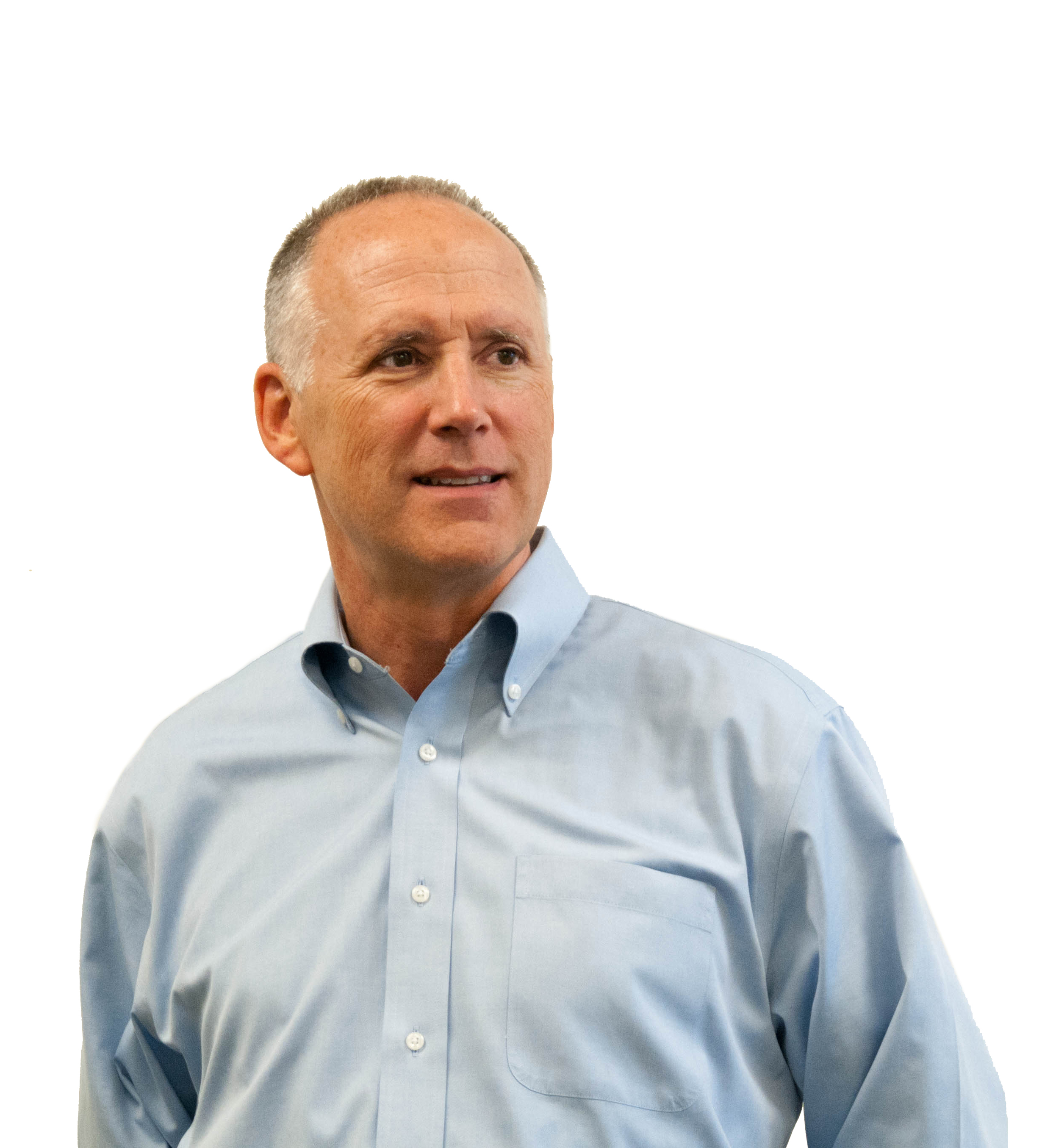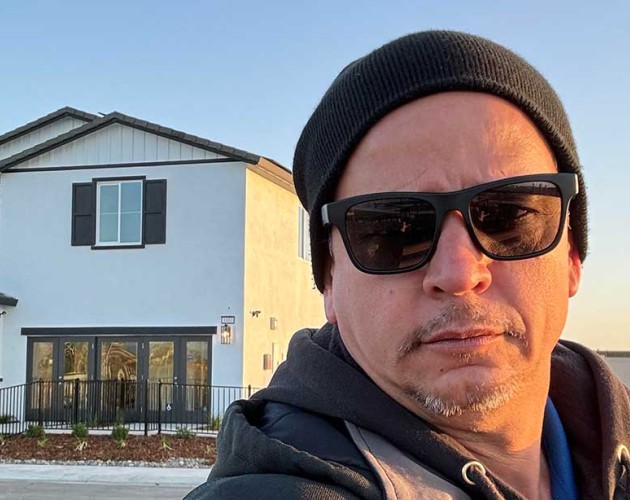Training Students to Manage Risk

As the founder and president of multiple construction companies and a risk management firm, instructor David Druml has been honing his expertise in construction risk management for more than 30 years. In addition to developing a proprietary risk analysis software system for applying Enterprise Risk Management (ERM) to the construction industry, he is the author of "Statements on Standards for Risk Analysis Services," a book that identifies key risk factors and provides a means for measuring qualitative risk.
For the past five years, David Druml has shared his expertise with UC Berkeley Extension students in the Construction Enterprise Risk Management course, which focuses on business processes and qualitative measurements. We sat down with him recently to discuss the importance of ERM.

Why is Enterprise Risk Management (ERM) important?
Having consulted with many construction companies over my lifetime, I learned that the cause of financial loss or business failure was principally due to poor or non-existent business practices. ERM provides a systematic way to identify business practices that can place a company at financial risk. Once the practices are identified, ERM provides a regimented way to methodically improve business practices over time, thereby reducing overall business risk. Owners of for-profit companies, both large or small, typically want to decrease the risk of financial loss, thereby increasing the likelihood of financial gain. ERM provides a means to do so.
ERM provides a systematic way to identify business practices that can place a company at financial risk.
You started teaching the Construction Enterprise Risk Management course in 2010. What are some of the primary takeaways from your course?
One takeaway is that you will learn an advanced enterprise risk management process that can be deployed within a construction company to improve profitability and reduce the risk of business failure. Another takeaway is that you will learn the many risk factors that have a financial impact on a construction company and you will learn how to assess the overall risk that is present.
When did you found your company, Direct Surety? What is its focus?
With the advent of technology, our founding group identified an opportunity to provide contractors with direct access to an underwriter to obtain contract surety bonds. About 40 percent of contractors need a contract surety bond in order to perform work on public projects, such as bridges and schools. Throughout history, a contractor has typically communicated with a broker to get a bond rather than communicating directly with an underwriter who actually determines the contractor's bonding limits. Direct Surety is the first in the nation to offer a direct model that eliminates the middleman and allows the contractor to have a direct, one-on-one relationship with a surety underwriter. The focus has been to disrupt the present marketplace by improving communication and promoting transparency, thereby establishing an environment of trust between the contractor and the surety.
Any construction company owner or senior officer who wants to improve the profitability of their firm would be well advised to take interest in ERM, or, at a minimum, the risk factors that can impact the success of their company.
The Bay Area is going through a surge of construction. Is construction going to continue booming or are we headed toward a bust?
Every day we speak with contractors across the country in need of bonds, and thus we can identify the hot or even overheating markets. In addition to the Bay Area, there are some pockets of the country that are growing quickly right now, such as Denver, New Orleans, parts of Texas, and the gulf coast of Florida. Of course, construction is highly dependent on the state of the economy because investment in private construction shrinks when the economy is receding. With an election coming up, I don't think anyone can state with assurance where the economy is headed. Fortunately, contractors get plenty of warning if construction is shrinking because a drop-off in construction typically trails a decline in the economy by about a year.
What will the demand look like for students trained in ERM?
I have taught the Enterprise Risk Management process to construction companies both in the United States and the Middle East. Some of those companies already have ERM installed, while others are adopting it. Typically, ERM is being adopted by well-established companies that want to improve their internal operations. Oddly enough, while those mature companies are installing ERM, it is actually best suited for small growing contractors because those contractors are the ones who truly need to improve their business practices. Therein lies an unfortunate dynamic. Profit margins are so tight in the construction industry that a young, growing contractor can barely afford the time and bear the expense to improve its business. Basically, the trend has caught on with large contractors, but it may be a while before small contractors widely adopt ERM, even though they would benefit the most.
Who should take your Construction Enterprise Risk Management course?
Any construction company owner or senior officer who wants to improve the profitability of their firm would be well advised to take interest in ERM, or, at a minimum, the risk factors that can impact the success of their company. Of course, for any project manager who wishes to start a construction company off on the right foot, it would be wise to learn about the principles of ERM and how to control risk. All those who assess or analyze risk within the construction industry would benefit greatly as well, including surety and bank underwriters. And, finally, any individual who wishes to more fully understand the back office of a construction company would benefit, including construction accountants, insurance agents and lawyers.
Where do you see your business in five years' time?
In Silicon Valley language, Direct Surety is called a "market disrupter" because we are eliminating the middleman in a well-established business transaction. Of course, when a new model is introduced, change often comes slowly and, therefore, timing is critical. Fortunately for Direct Surety, the timing was right and we have had over 10,000 contractors come to us seeking surety bonds. Doing business directly with the buyer is an obvious trend and the middleman is being displaced in many areas of business. It will be no different in the surety industry. That said, I don't see the traditional broker-based approach to selling surety bonds going away anytime soon; however, I do see carriers being motivated to pay brokers smaller and smaller commissions as they determine that it is more cost effective to sell direct. In five years, I expect our company to be a significant force. We are already in the top 100 of all surety writers, and I anticipate that we will be in the top 50 within the next five years. After that, the sky's the limit as more and more contractors become aware of the advantages of going direct.
David Druml grew up in a construction family and was himself a contractor for more than 15 years. He founded multiple construction-related companies, including a public works construction firm, a precast manufacturer, a bonding and insurance agency, and a risk management firm, and currently serves as president of Direct Surety. A professor of risk management at UC Berkeley Extension, David has developed a proprietary risk-analysis system that applies Enterprise Risk Management (ERM) to the construction industry. David's construction industry know-how, risk-analysis expertise and technological innovation have been instrumental in the formation of Direct Surety, a brand-new type of company within the surety bond marketplace.
